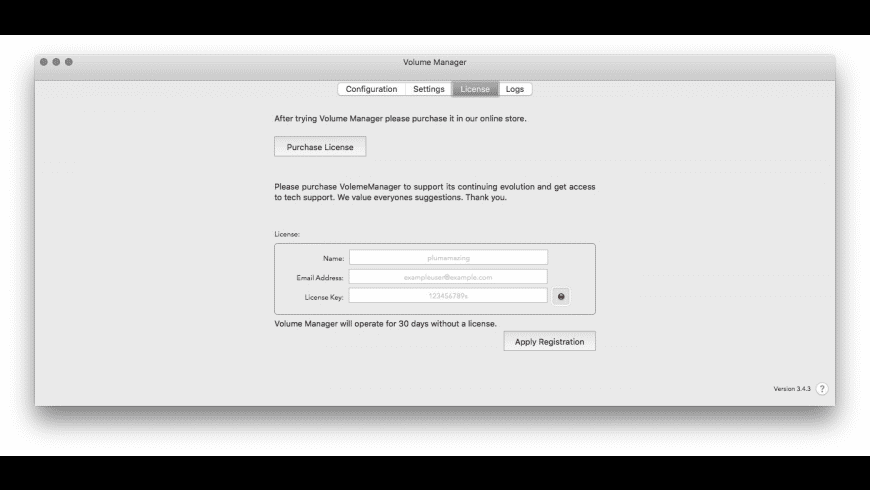

Subsequent attempts to change the Guest OS type during cloning of this template, using the guest_id parameter of the vsphere_virtual_machine resource in the Terraform vsphere provider, result in errors essentially saying "can't do that":Įrror: invalid guest ID "Other 64 bibt" for clone.

On the Device Manager menu there is a 'View' tab. However in this case I dont think any gain will come from it. My template is created by Packer, using the vsphere-iso builder, and the guest_os_type parameter, which I've set to "OtherGuest64".ĭuring the packer build, I can see the machine's "Guest OS" initially showing up in vSphere as "Other 64 bit", but after the OS is installed (pre-seeded install from Debian 10 64 bit iso), the "Guest OS" changes to " Debian GNU/Linux 10 (64-bit)". If you like to Hyper-tweek your system you are probably aware that sometimes you can get away with that sort of thing and 'improve' things in the bargiain. Be careful when following these steps, because they could leave your system unable to boot advanced geek level required. You can also use them to restore other system icons missing from your PC’s taskbar. The Shrink Volume feature in Windows Vista and above has some serious limitations, which we’ll try and explain and then suggest a few workarounds that might help you out. Update Windows Restore the Missing Volume Icon These solutions are not just specific to the volume icon.
#Vista volume manager how to
Can someone give explicit advice on how exactly they set the guest OS id/type on these templates? I do not see how to do this manually in the vSphere/vCenter UI. Check Windows Group Policy Editor Settings 5.


 0 kommentar(er)
0 kommentar(er)
